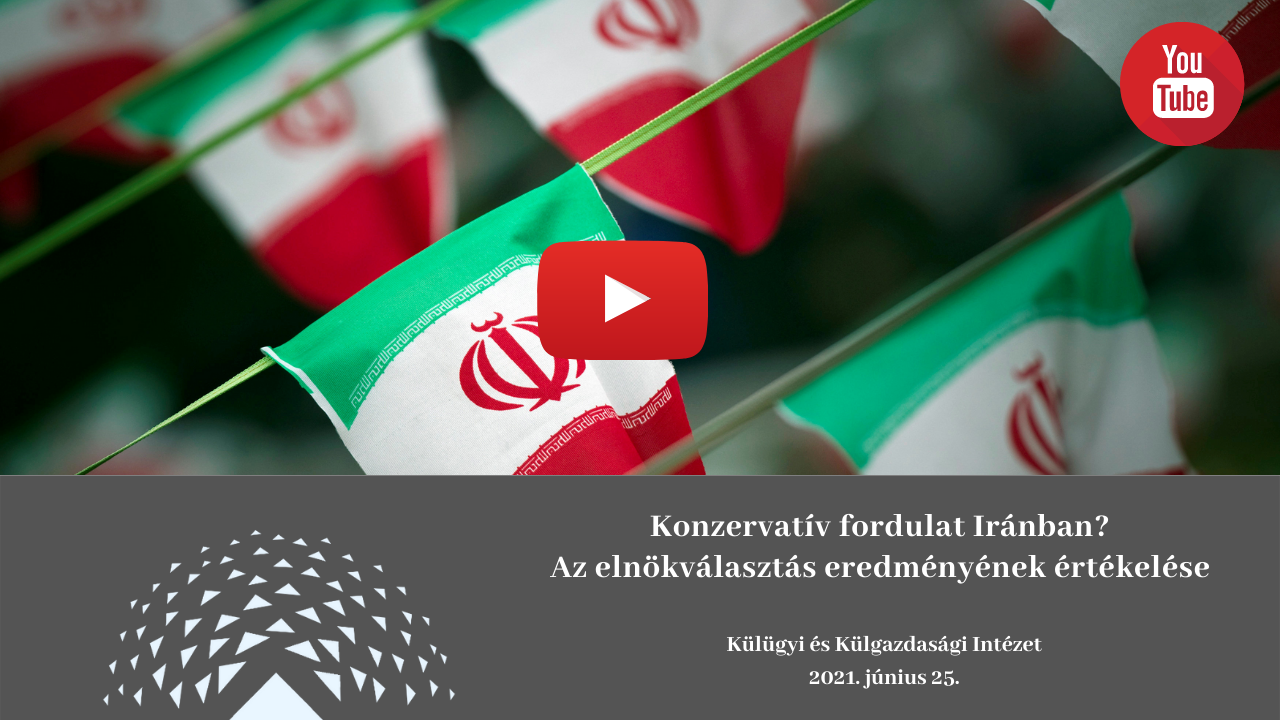On the 25th of June 2021, the Institute for Foreign Affairs and Trade (IFAT) held an online roundtable discussion entitled ‘Conservative turn in Iran? Evaluation of the presidential election’. The event focused on the possible domestic and foreign policy implications of the election held on the 18th of June. Three scholars took part in the discussion – Erzsébet N. Rózsa, a Senior Research Fellow at the Institute of Economics of the Hungarian Academy of Sciences and Professor of the National University of Public Service; Miklós Sárközy, an associate professor of Károli Gáspár University of the Reformed Church in Hungary, as well as Máté Szalai, a Senior Research Fellow of IFAT and Senior Lecturer of Corvinus University of Budapest. The moderator was Péter Wagner, a Senior Research Fellow of IFAT and Senior Lecturer of Károli Gáspár University of the Reformed Church in Hungary.
Miklós Sárközy started with the identification of main dynamics taking place in the domestic political sphere of Iran. He argued that the victory of Ebrahim Raisi should be seen as the outcome of a long-term readjustment process. From the second half of the 1990s, three main groups dominated the Iranian political scene: the reformists, the pragmatists, and the conservatives. This structure has been gradually disintegrating since then. On the one hand, in 2009, the reformists began to get weaker and weaker. On the other hand, during the last one and a half years, the pragmatists were pushed into the background. Due to this process, only the ultraconservatives remained to be a dominant group. From this perspective, the summer election was the peak point of a neoconservative turn. Moreover, a generational transformation is also taking place as the position of the revolutionaries of 1979 is taken over by the ones who gained merit from the war between Iran and Iraq and the ones who are mostly connected to the Islamic Revolutionary Guard Corps.
As the next panelist, Erzsébet Rózsa N. talked about the possible trajectories of the foreign policy of Iran. She raised attention to the crucial fact that foreign policy decision-making is not in the hands of the president. According to the Constitution, the president cannot make foreign decisions by himself. It is the supreme leader, currently Ayatollah Ali Hamenei, who defines the framework of foreign and security policy. The traditional foreign policy aims of the country include the maintenance of the Shia political model, tackling domestic and international threats, and seeking alliances. In practice, President Raisi will probably put emphasis on maintaining and strengthening good relationship with neighboring countries, trying to reach an agreement related to the nuclear question, and keeping the missile program intact.
Máté Szalai talked about the possible outcomes of the nuclear negotiations between the United States and Iran. He reviewed the series of events taking place since 2015, which led to the parties sitting down again to the negotiating table this year six times altogether. Szalai described the main differences between the negotiating strategies of the participants and the reasons behind the unsuccessful nature of the process. Regarding Iran, a more successful, more thoughtful and multi-faceted strategy is visible which puts emphasis on constructing a sense of urgency. On the other hand, the American strategy is less coherent or transparent. Mutual distrust, the effects of the two-level game, external disruption of the negotiations, and increased demand from both sides are holding back the process.
In the Q&A session, participants shared their views regarding questions related to the succession of the Supreme Leader, the effects of the change in the American and Israeli leadership, as well as the evolution of Chinese-Iranian relations.
The full recording can be accessed at the link below or on our YouTube-channel!
JTNDaWZyYW1lJTIwd2lkdGglM0QlMjIxMDAlMjUlMjIlMjBoZWlnaHQlM0QlMjI0NTAlMjIlMjBzcmMlM0QlMjJodHRwcyUzQSUyRiUyRnd3dy55b3V0dWJlLmNvbSUyRmVtYmVkJTJGa3pTTGNRY2sxU0UlMjIlMjB0aXRsZSUzRCUyMllvdVR1YmUlMjB2aWRlbyUyMHBsYXllciUyMiUyMGZyYW1lYm9yZGVyJTNEJTIyMCUyMiUyMGFsbG93JTNEJTIyYWNjZWxlcm9tZXRlciUzQiUyMGF1dG9wbGF5JTNCJTIwY2xpcGJvYXJkLXdyaXRlJTNCJTIwZW5jcnlwdGVkLW1lZGlhJTNCJTIwZ3lyb3Njb3BlJTNCJTIwcGljdHVyZS1pbi1waWN0dXJlJTIyJTIwYWxsb3dmdWxsc2NyZWVuJTNFJTNDJTJGaWZyYW1lJTNF

